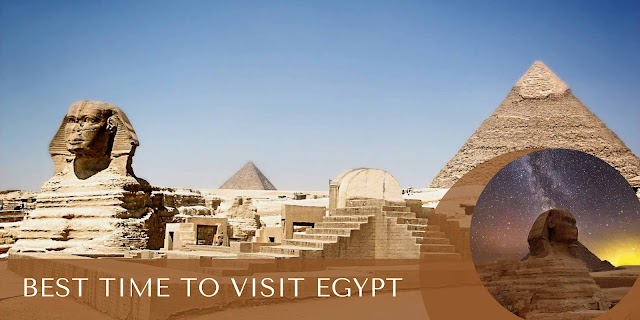I tried to write this article as logically as possible. This can be taken as a summary of all previous articles.
What is heaven? Either Plato likened heaven to Atlantis. Or heaven is likened to the Atlantis. Maybe he did it to take it as a fictional example for the betterment of later societies.
The natural resources of the Atlantis, which he described 2500 years ago, were immense.
Handsome men, Beautiful women, A huge military force, Skyscrapers, Various wonders of engineers, Waterways that connect different parts of the city, Large pitches and platforms for horse and wrestling champions, Many improvements over other nations in the world, Fertile soil, Enough water, Any fruits and vegetables,...!
In 1882, Ignatius Donnelly published his Atlantis book, Antediluvian world. Accordingly, I wrote the following details.
At the same time, it is important to note that concepts such as the Great Flood and sun worship were not limited to one nation. The Atlanteans, meanwhile, are reported to have discovered things like electricity, aeroplanes, nuclear power, deadly rays, floating in the sky, and seabed travels long before the modern world discovered electricity.
But the advanced people there knew that the Atlantis would be destroyed. So not only did they escape to other lands, but they merged with the nations that were relatively undeveloped to form new nations, rebuilding their own inventions.
Among them were the pyramids of Egypt and South America, the Statue of Sphinx and the Stoneage in Europe.
The sudden sinking of the Atlantis in a day is also significant here. Such a thing cannot be assumed to be due to a change in the axis of the world that is gradually and very slowly changing, or to a prolonged plate motion. Perhaps several massive tsunamis came one after the other.
It is also a question of where the sunken Atlantis is.
Plato, a Greek-born Athenian, described these details as "absolutely true". All we have to do is find out if they are true. But Aristotle [384-324 BC] claimed that this Atlantis legend was a complete myth.
Plato wrote this information in two parts, 'Timaeus' and 'Critias'. ‘Timaeus’ describes the continent as well as the conquest of nations other than the Greek Athenians, while ‘Critias’ describes the history and society of the Atlantis.
In Critias, Plato is said to have learned the story from Solon (638–558 b.c.e.), a local politician and poet. He was a relative of Plato's father. Did he exaggerate this story because he was a poet?
Solon heard about the Atlantis from the priests of the ancient city of Sais in Egypt. The priests say that the large islands, the Atlantis, were 8,000 years older than they were at the time. The island was located at "The Pillars of Hercules" near Gibraltar. That is, at the point where it is likely to be west of the Mediterranean Sea. Beyond that is the Atlantic Ocean.
There were several famous cities on this island. Plato travelled to Egypt to see if these were true. The capital, Atlantis, was surrounded by water and land. It was very difficult to invade because it was so protected. It had rulers, the clergy, and temples.
The rulers were descended from the Greek god Poseidon, who ruled over the sea. His wife was the goddess Clieto. They had ten children, each with twins.
They were all in control of parts of the Atlantis. The eldest child was a giant named Atlas. He ruled the capital, Atlantis, the largest part of the country. We read in fairy tales that he lifting the world. What does it mean to “lifting the world”?
That is, he may have borne a huge responsibility in the world. That he was a skilled ruler.
Plato explains that the cause of the eventual destruction and catastrophe of this prosperous land was the greed, selfishness, and corruption of the Atlanteans themselves. That is, they were tempted to plunder other lands. Thus the curse of the god Poseidon caused floods, earthquakes and finally the sinking of the Atlantis.
But does this destruction coincide with the destruction shown in the Bible?
If somehow the water level in this part of the world rises, it should affect the whole world. This is because the water level in the ocean is uniform around the world.
To prove this point, it is written that the Atlantic catastrophe affected seven parts of the world. But since Plato lived in Europe, Plato's eyes can see this destruction in the Europe and middle of North America.
The scientist Jacques Collina [Girard of the University of the Mediterranean] was a researcher on human migration from North Africa to Europe during the last ice age, 19,000 years ago. An island discovered by his experiments coincides with the details of the location of Plato's Atlantis.
The name of the island was 'Spartel'. At its time, sea levels were 130 meters lower than they are today, also located west of Gibraltar, according to Plato. According to Collina [New Scientist, September 2001], the island sank 9,000 years before Plato's era. But this view was not sufficient to prove that there was a vast continent in the middle of the Atlantic Ocean.
Allen, an expert on ancient mythology, studied the Atlantic legend for five years and said in December 2001 that if there was such a country, it would only be in Plato's mind.
But since the 1960s, ancient constructions such as roads and walls in shallow water on the North American island of Bimini could not be ruled out at once.
These discoveries coincide with those of Edgar Cayce [1877-1945] and his data. Edgar Cayce was one of the foremost prophets of this Atlantis catastrophe. Accordingly, his readings show that he was a man who sought to expel people from the land of destruction.
-Isobel Rose 🌹🌹🌹












0 Comments